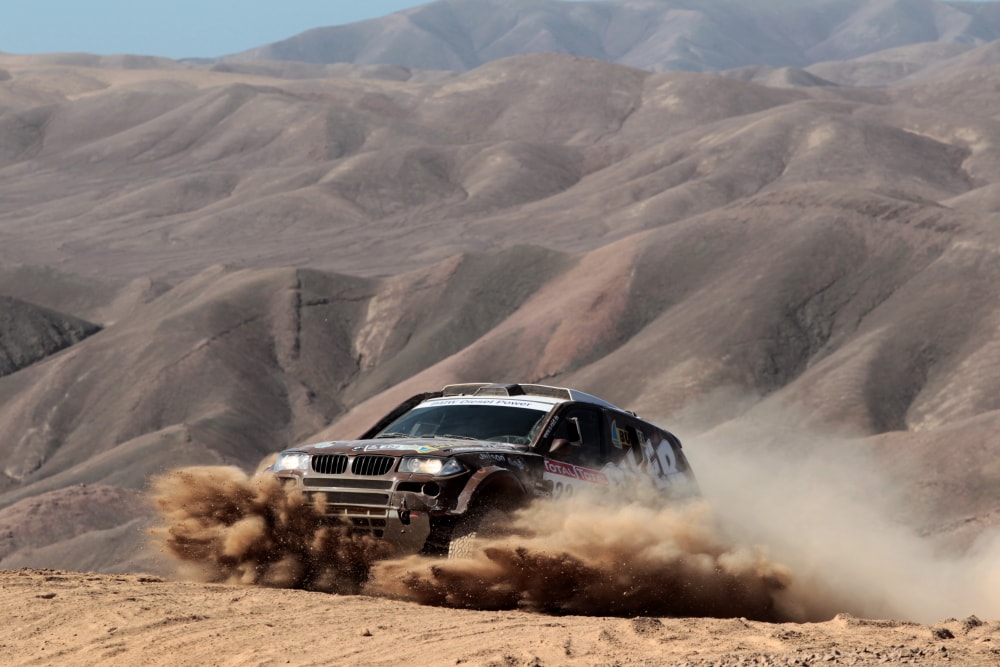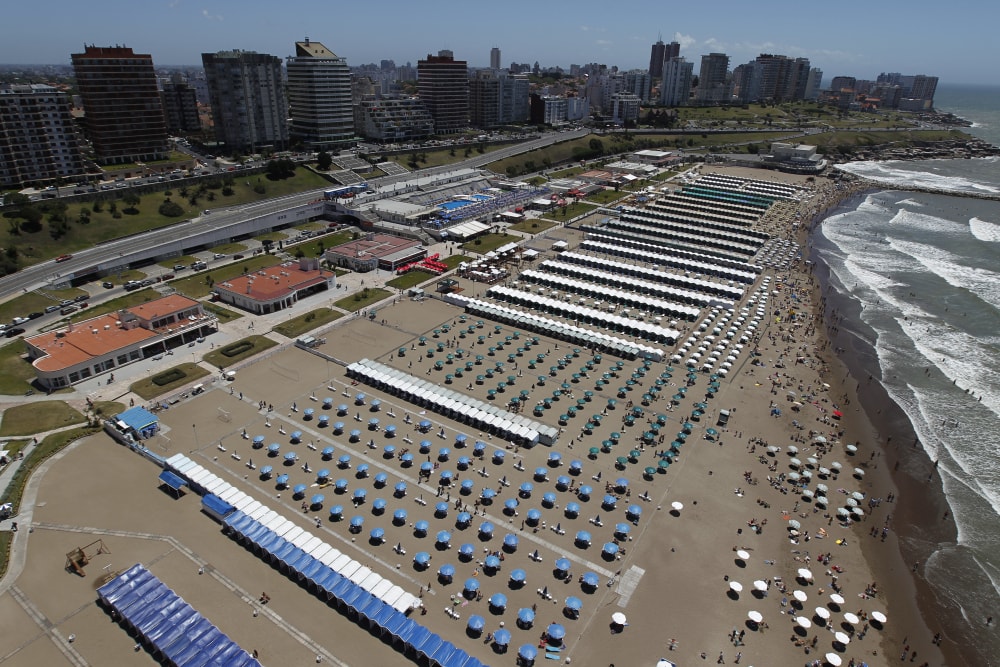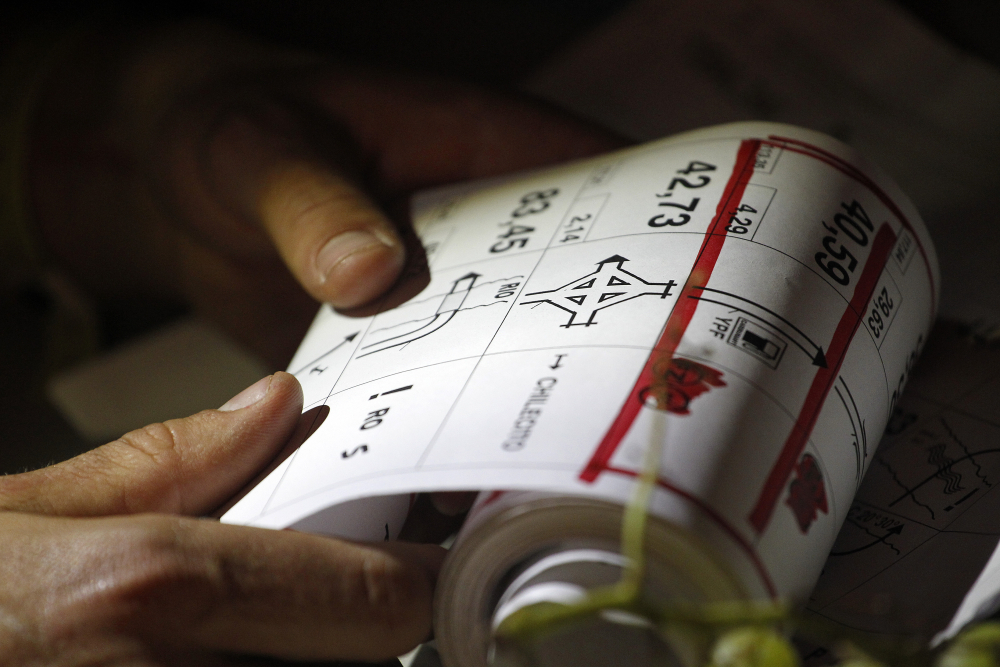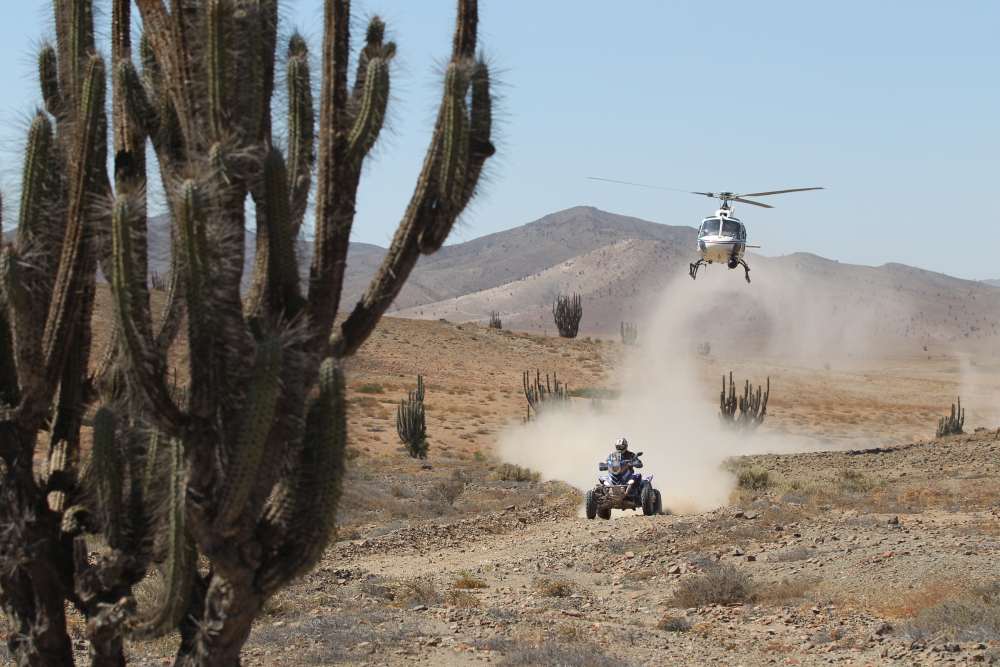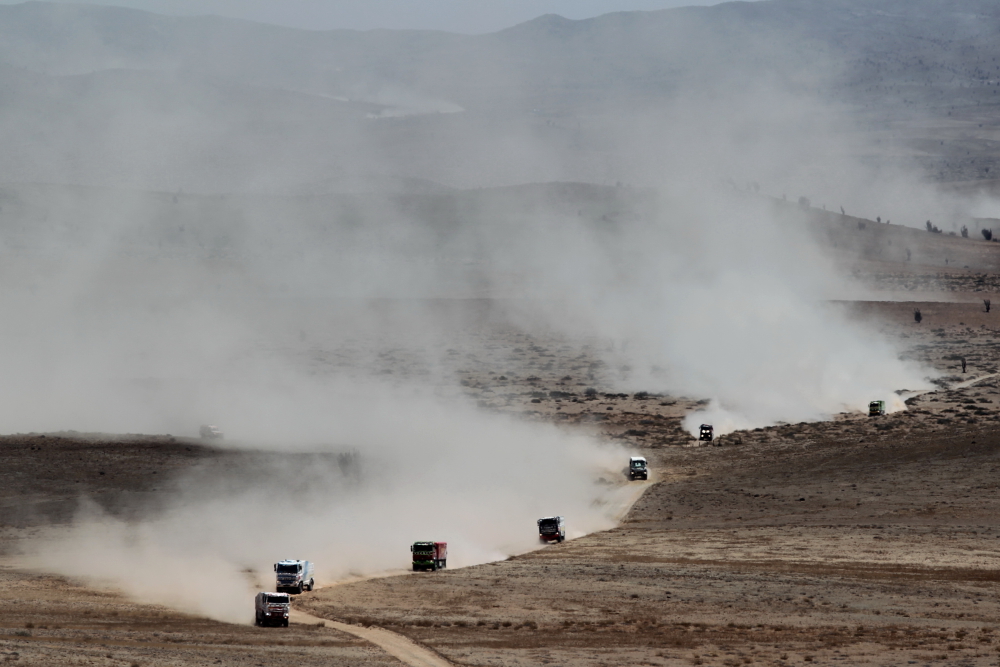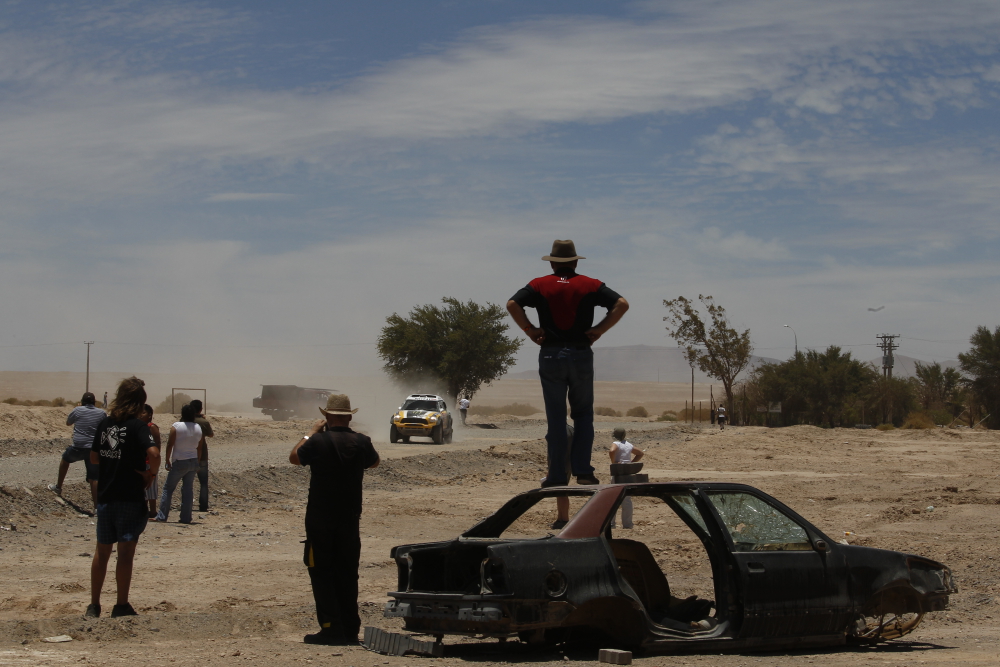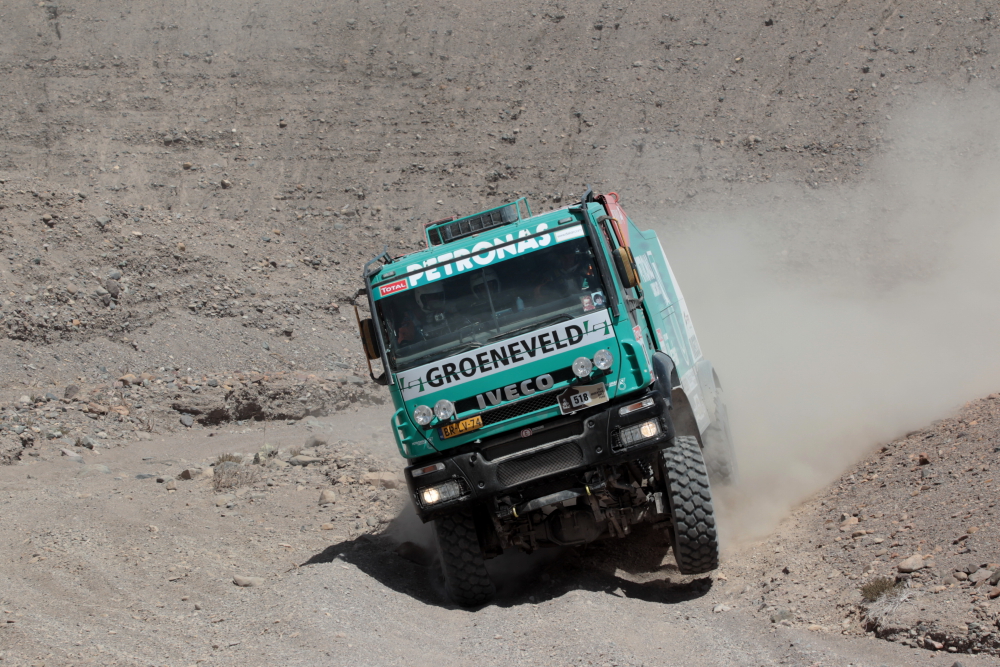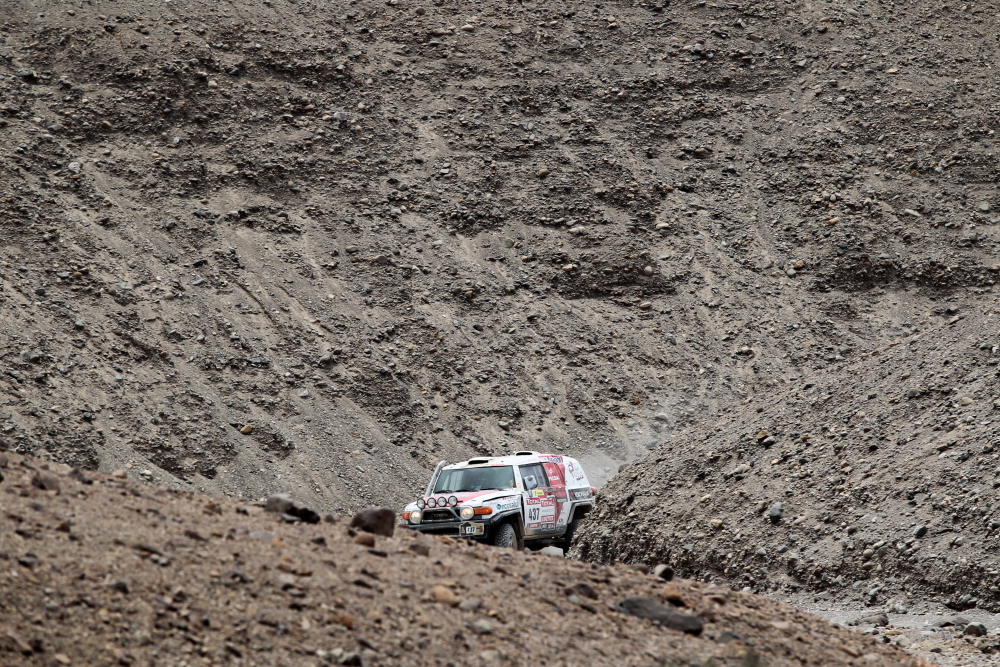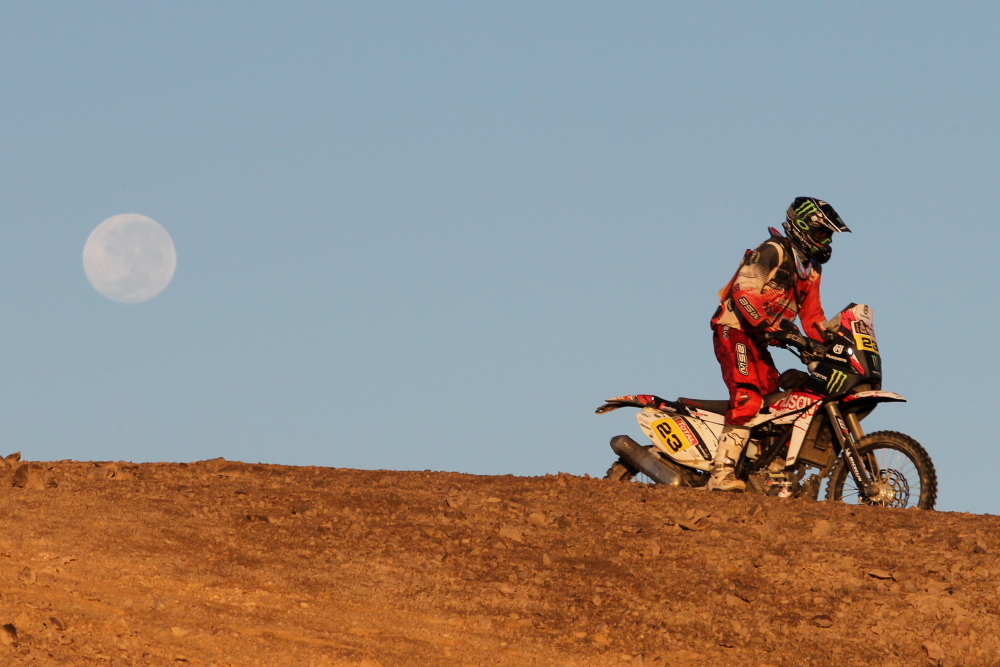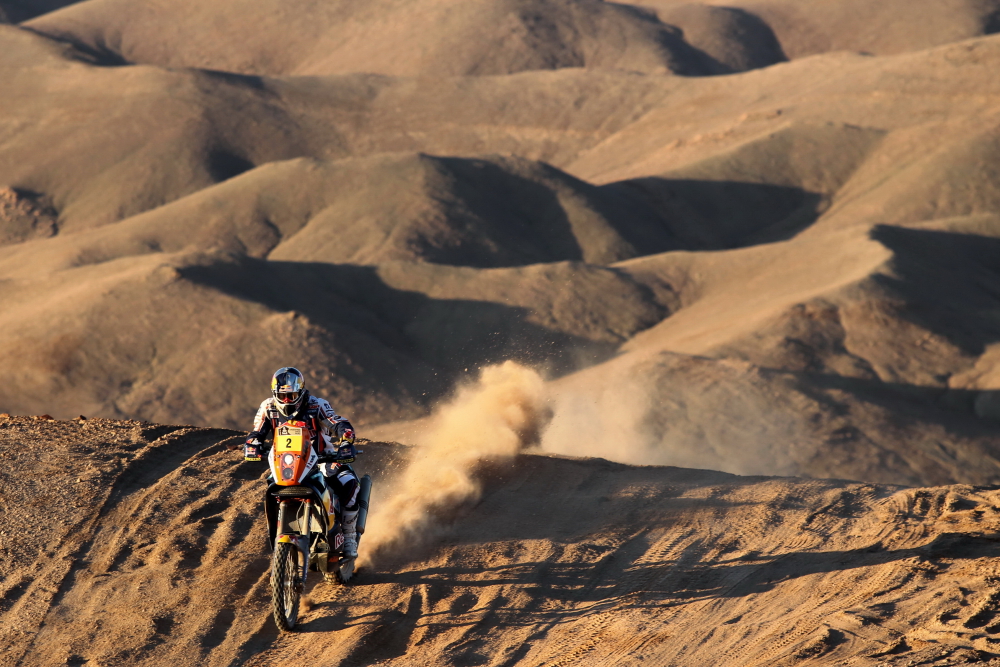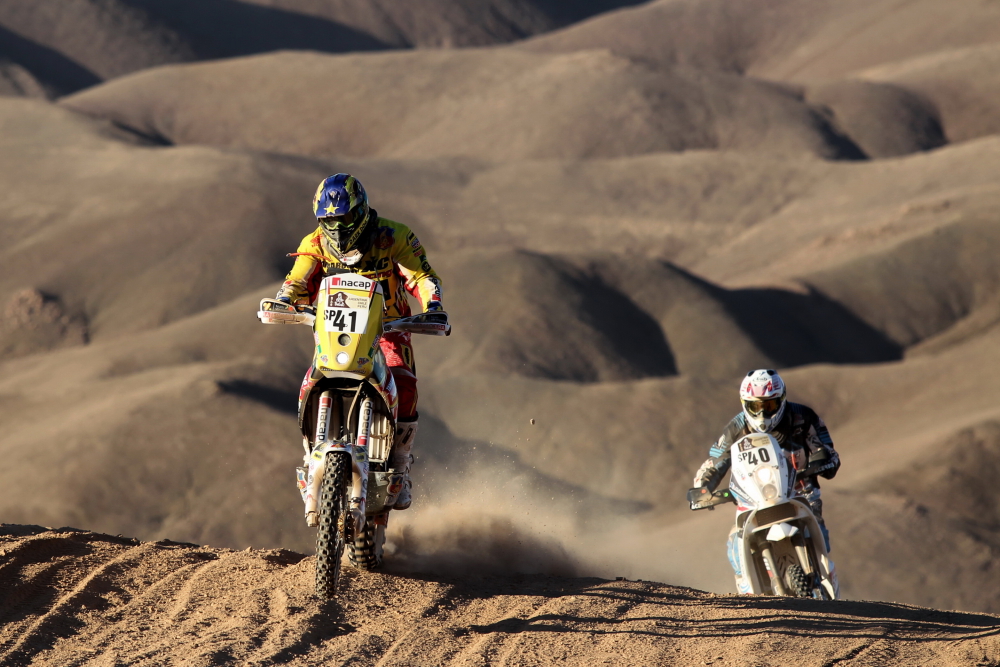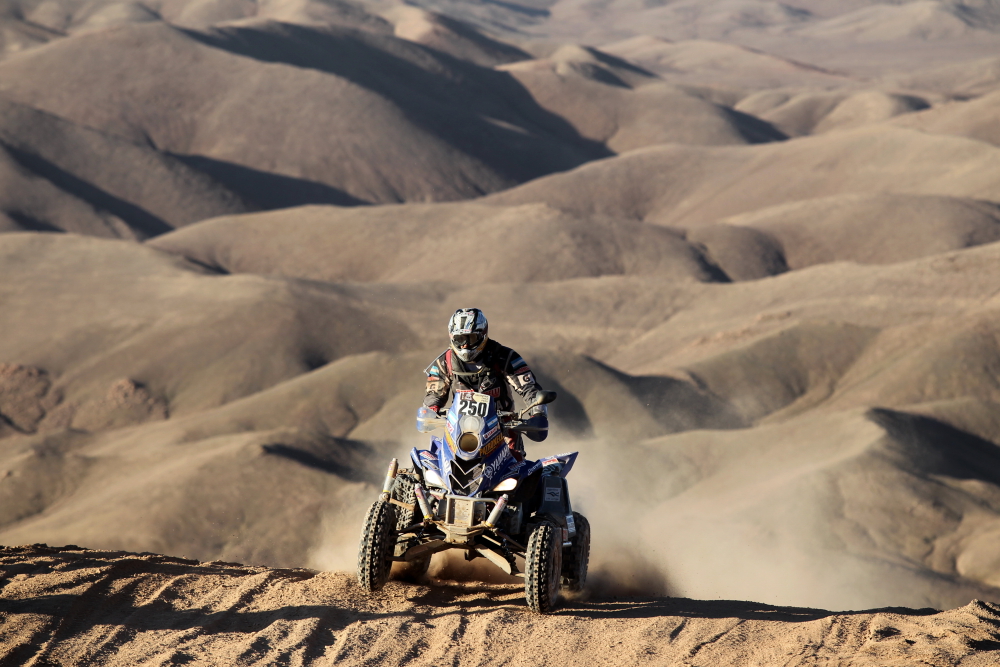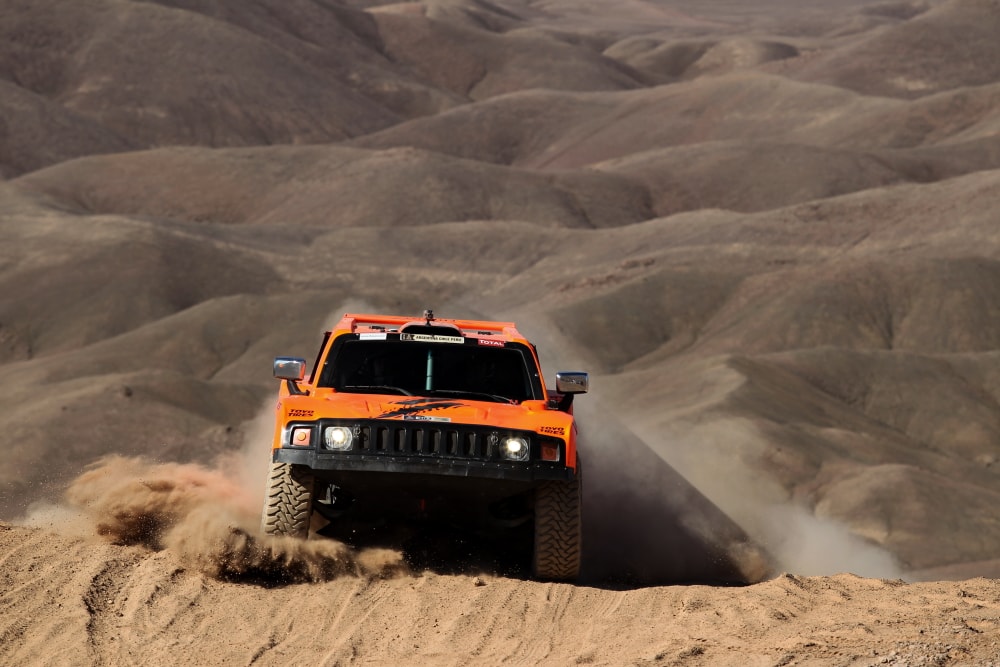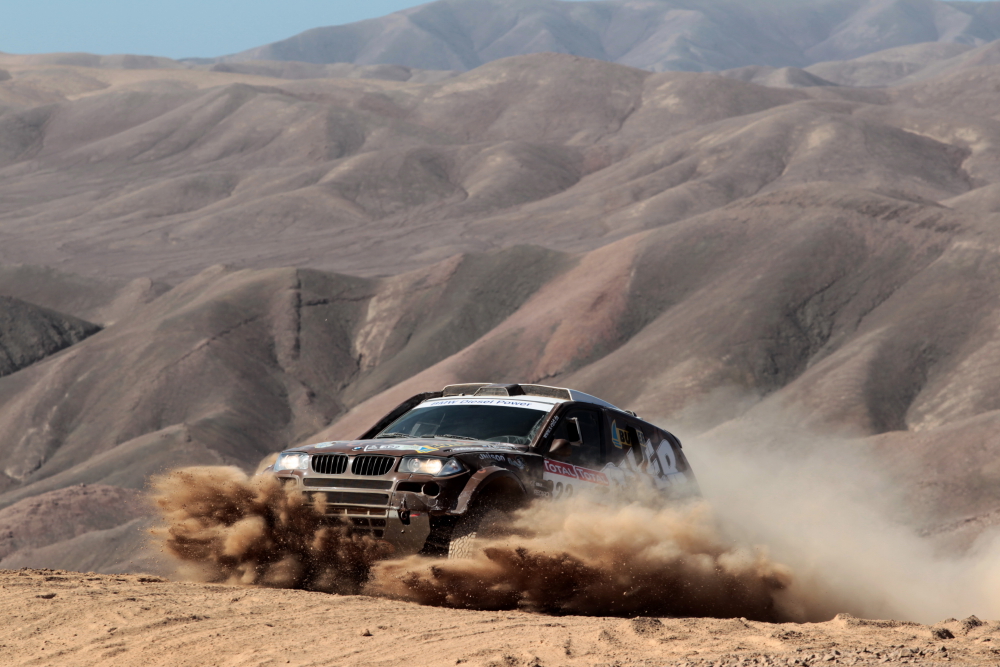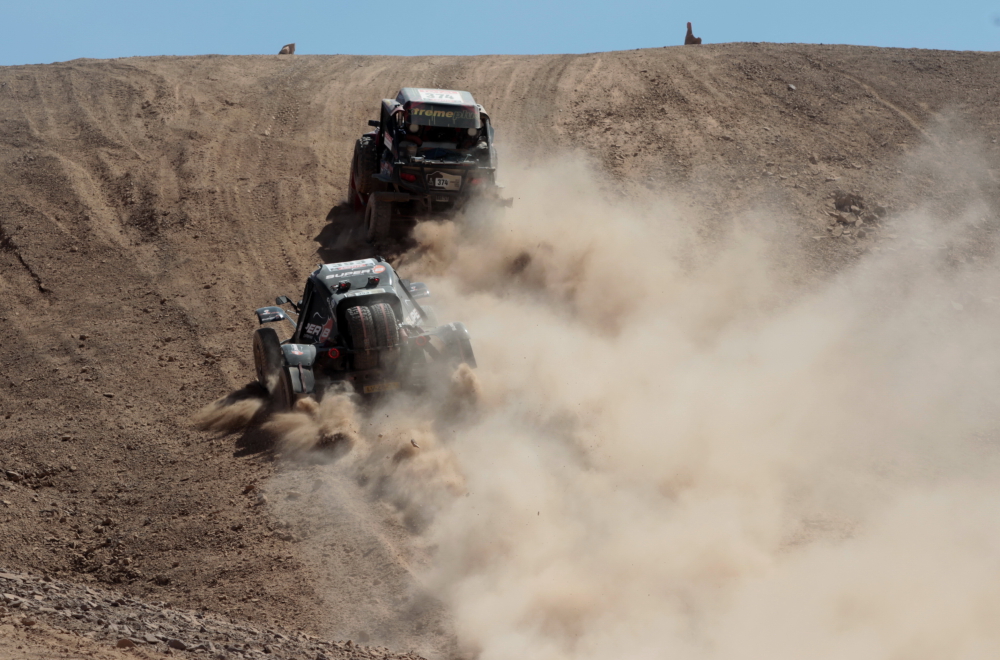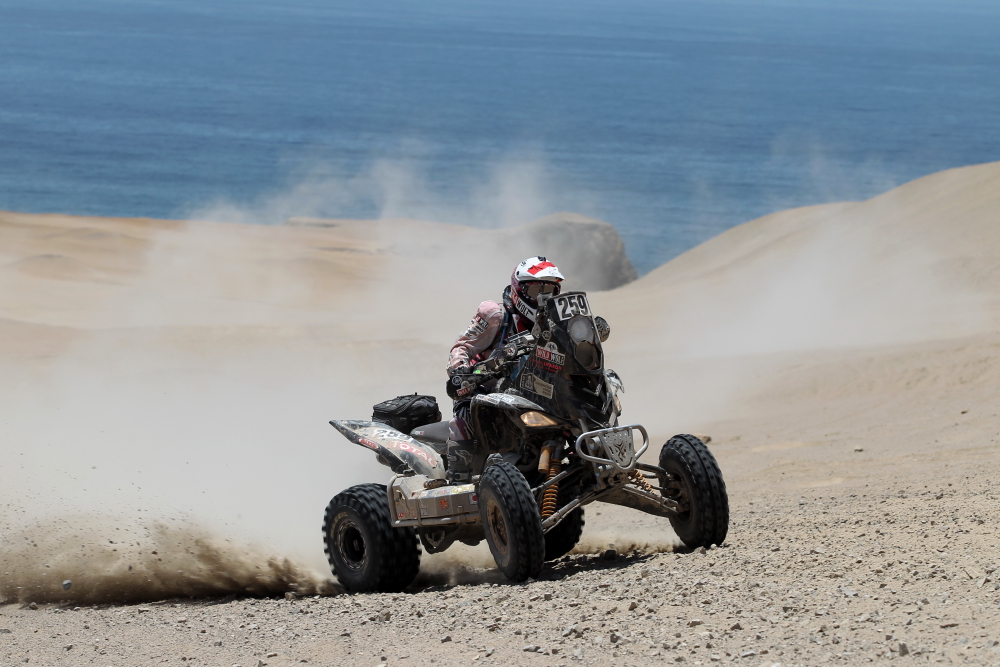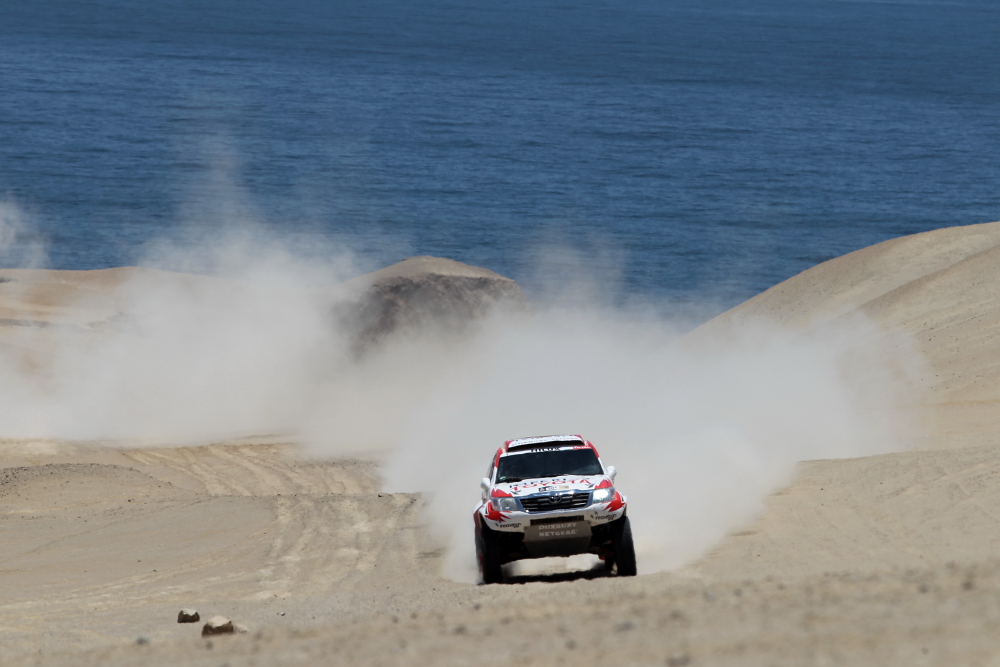While most car enthusiasts agree that Formula 1 is the apogee of motor racing, there’s one competition that really sends shivers down your spine. Called “The Dakar Rally” but also known as “The Paris-Dakar Rally”, this annual endurance off-road race has managed to redefine the traditional core human values but also to bring in the spotlight the things we like the most: cars and the monsters hidden underneath the hoods.
Although it’s in essence a competition, The Dakar Rally is a great occasion not only to test your physical toughness, but also to demonstrate the technical performance of certain vehicles, technologies or innovations that may see daylight in mass-production automotive as well.
Just like its name suggests, The Paris-Dakar Rally initially took place between Paris, France and Dakar, Senegal, but a significant change occurred in 2008 amid security issues and terrorist attacks. Since 2009, the competition moved into South America, crossing Argentina, Chile and Peru.
It all started on December 26, 1978 when motorcycle racer Thierry Sabine organized the first edition of The Dakar Rally. The idea of a race that would connect Paris and Dakar emerged one year before when Sabine got lost during the Abidjan-Nice Race in the Libyan Desert, with the French racer thinking that a new competition to test physical and navigation skills would attract many adventure seekers.
No less than 182 vehicles registered for the first edition of the rally, which was eventually won by Cyril Neveu on a Yamaha 500 XT.
Aimed at amateur and professional racers alike, The Dakar Rally switched the starting point from France to Grenada, Spain in 1995 when Stephane Peterhansel won the title on his Yamaha YZE850T.
Here’s the complete list of routes between 1979 and 2012:
The competition is divided into multiple stages, each covering less than 1000 kilometers on a single day. The overall distance of the rally goes up to 10,000 kilometers. In 2010 for example, the total length of The Dakar Rally was 9030 km, while the special stages alone accounted for 4810 kilometers.
The number of vehicles starting out in the rally depends on many factors, but usually between 300 and 500 participants register every year. The 1988 edition seems to be one of the most successful from this point of view as more than 600 vehicles travelled to Versailles for the Dakar Rally.
In 2008 whatsoever, the event was canceled due to terrorist attacks, so all registered participants received free vehicle shipping for the 2009 edition that took place in South America. The cancellation was announced only one day before the actual debut of the race, as there were rumors that a potential terrorist attack may target the competitors.
Four French tourists were killed in Mauritania on Christmas Eve and Al Qaeda was the first terrorist group linked with the attacks. Instead of the Dakar Rally, the Amaury Sport Organization organized the so-called Central Europe Rally organized in a much more peaceful region in Hungary and Romania.
With special stages involve crossing dunes, mud, rocks or simply off-roading on a very difficult terrain, The Dakar Rally has three major vehicle classes: motorcycles, cars and trucks.
The Motorcycle Class in its turn has three different subcategories, as it follows: Group 1 called Marathon, which involves production bikes exclusively, Group 2 also known as Super-Production that includes production motorcycles with major modifications, and Group 3 especially addressed to quads.
The Car Class on the other hand accepts vehicles weighing less than 3,500 kilos exclusively and, again, is divided into three different categories: T1 Group, T2 Group and Open Class, comprising Improved Cross Country Vehicles, Cross Country Series Production Vehicles and other vehicles eligible for the weight standard, respectively.
Last but not least, the Truck Class has two categories, T4 and T5. While T4 basically comes down to trucks weighing more than 3500 kg that take part into competition, T5 trucks do nothing more than to support the other vehicles running in the race.
highlights from the 2011 edition of the Dakar Rally
Since The Dakar Rally is all about physical toughness, navigation skills and surviving in the most extreme situations, it’s no wonder that many people get killed every year. More than 50 people died during The Dakar Rally since the first race in 1979, including participants and spectators. Still, organizers have been often criticized for keeping these figures hidden from public eyes, so statistics may not be too accurate.
One of the first major incidents that occurred in The Dakar Rally took place in 1982 when the son of British Prime Minister Margaret Thatcher, Mark Thatcher, got lost in the desert for 6 days. In 2005 and 2007, a total of four motorcycle riders died, while in 2006 Australian KTM motorcyclist Andy Caldecott lost his life because of injuries following an accident. Another two spectators were killed during the same year in an accident.
Since it crosses countries with a fantastic fauna, The Dakar Rally has always been concerned about the environmental impact such a competition would have. And although it faced criticism every year, organizers are claiming that the largest amount of emissions is actually generated by public and televisions providing coverage all over the globe.
Additionally, because amateur participants are mostly rich adventure seekers, around $200,000 are donated every year to the Madre de Dios project supposed to fight against the deforestation of the Peruvian part of the Amazon region. Additionally, 30,000 euros from the registration fees paid by competitors are also injected in the project.
And because we were talking about televisions, the event is broadcast in around 200 countries from all over the globe. In this regard, organizers are offering no less than four TV helicopters, six stage cameras and three bivouac crews to record some of the most thrilling moments of the competition.
All things considered, the Dakar Rally is undoubtedly one of the most intense competitions in the world. Providing a perfect blend of multiple passions, The Dakar Rally is a unique human experience and the fact that it mixes the automotive world and the latest innovations in this industry makes it a not to be missed event.
Although it’s in essence a competition, The Dakar Rally is a great occasion not only to test your physical toughness, but also to demonstrate the technical performance of certain vehicles, technologies or innovations that may see daylight in mass-production automotive as well.
Just like its name suggests, The Paris-Dakar Rally initially took place between Paris, France and Dakar, Senegal, but a significant change occurred in 2008 amid security issues and terrorist attacks. Since 2009, the competition moved into South America, crossing Argentina, Chile and Peru.
It all started on December 26, 1978 when motorcycle racer Thierry Sabine organized the first edition of The Dakar Rally. The idea of a race that would connect Paris and Dakar emerged one year before when Sabine got lost during the Abidjan-Nice Race in the Libyan Desert, with the French racer thinking that a new competition to test physical and navigation skills would attract many adventure seekers.
No less than 182 vehicles registered for the first edition of the rally, which was eventually won by Cyril Neveu on a Yamaha 500 XT.
Aimed at amateur and professional racers alike, The Dakar Rally switched the starting point from France to Grenada, Spain in 1995 when Stephane Peterhansel won the title on his Yamaha YZE850T.
Here’s the complete list of routes between 1979 and 2012:
- 1979–1980: Paris–Dakar
- 1981–1988: Paris–Algiers–Dakar
- 1989: Paris–Tunis–Dakar
- 1990–1991: Paris–Tripoli–Dakar
- 1992: Paris–Cape Town
- 1993: Paris–Dakar
- 1994: Paris–Dakar–Paris
- 1995–1996: Granada–Dakar
- 1997: Dakar–Agadez–Dakar
- 1998: Paris–Granada–Dakar
- 1999: Granada–Dakar
- 2000: Dakar–Cairo
- 2001: Paris–Dakar
- 2002: Arras–Madrid–Dakar
- 2003: Marseille–Sharm el-Sheikh
- 2004: Clermont-Ferrand–Dakar
- 2005: Barcelona–Dakar
- 2006–2008: Lisbon–Dakar
- 2009: Buenos Aires–Valparaíso–Buenos Aires
- 2010: Buenos Aires–Antofagasta–Buenos Aires
- 2011: Buenos Aires–Arica–Buenos Aires
- 2012: Mar del Plata–Copiapo–Lima
The competition is divided into multiple stages, each covering less than 1000 kilometers on a single day. The overall distance of the rally goes up to 10,000 kilometers. In 2010 for example, the total length of The Dakar Rally was 9030 km, while the special stages alone accounted for 4810 kilometers.
The number of vehicles starting out in the rally depends on many factors, but usually between 300 and 500 participants register every year. The 1988 edition seems to be one of the most successful from this point of view as more than 600 vehicles travelled to Versailles for the Dakar Rally.
In 2008 whatsoever, the event was canceled due to terrorist attacks, so all registered participants received free vehicle shipping for the 2009 edition that took place in South America. The cancellation was announced only one day before the actual debut of the race, as there were rumors that a potential terrorist attack may target the competitors.
Four French tourists were killed in Mauritania on Christmas Eve and Al Qaeda was the first terrorist group linked with the attacks. Instead of the Dakar Rally, the Amaury Sport Organization organized the so-called Central Europe Rally organized in a much more peaceful region in Hungary and Romania.
With special stages involve crossing dunes, mud, rocks or simply off-roading on a very difficult terrain, The Dakar Rally has three major vehicle classes: motorcycles, cars and trucks.
The Motorcycle Class in its turn has three different subcategories, as it follows: Group 1 called Marathon, which involves production bikes exclusively, Group 2 also known as Super-Production that includes production motorcycles with major modifications, and Group 3 especially addressed to quads.
The Car Class on the other hand accepts vehicles weighing less than 3,500 kilos exclusively and, again, is divided into three different categories: T1 Group, T2 Group and Open Class, comprising Improved Cross Country Vehicles, Cross Country Series Production Vehicles and other vehicles eligible for the weight standard, respectively.
Last but not least, the Truck Class has two categories, T4 and T5. While T4 basically comes down to trucks weighing more than 3500 kg that take part into competition, T5 trucks do nothing more than to support the other vehicles running in the race.
highlights from the 2011 edition of the Dakar Rally
Since The Dakar Rally is all about physical toughness, navigation skills and surviving in the most extreme situations, it’s no wonder that many people get killed every year. More than 50 people died during The Dakar Rally since the first race in 1979, including participants and spectators. Still, organizers have been often criticized for keeping these figures hidden from public eyes, so statistics may not be too accurate.
One of the first major incidents that occurred in The Dakar Rally took place in 1982 when the son of British Prime Minister Margaret Thatcher, Mark Thatcher, got lost in the desert for 6 days. In 2005 and 2007, a total of four motorcycle riders died, while in 2006 Australian KTM motorcyclist Andy Caldecott lost his life because of injuries following an accident. Another two spectators were killed during the same year in an accident.
Since it crosses countries with a fantastic fauna, The Dakar Rally has always been concerned about the environmental impact such a competition would have. And although it faced criticism every year, organizers are claiming that the largest amount of emissions is actually generated by public and televisions providing coverage all over the globe.
Additionally, because amateur participants are mostly rich adventure seekers, around $200,000 are donated every year to the Madre de Dios project supposed to fight against the deforestation of the Peruvian part of the Amazon region. Additionally, 30,000 euros from the registration fees paid by competitors are also injected in the project.
And because we were talking about televisions, the event is broadcast in around 200 countries from all over the globe. In this regard, organizers are offering no less than four TV helicopters, six stage cameras and three bivouac crews to record some of the most thrilling moments of the competition.
All things considered, the Dakar Rally is undoubtedly one of the most intense competitions in the world. Providing a perfect blend of multiple passions, The Dakar Rally is a unique human experience and the fact that it mixes the automotive world and the latest innovations in this industry makes it a not to be missed event.
